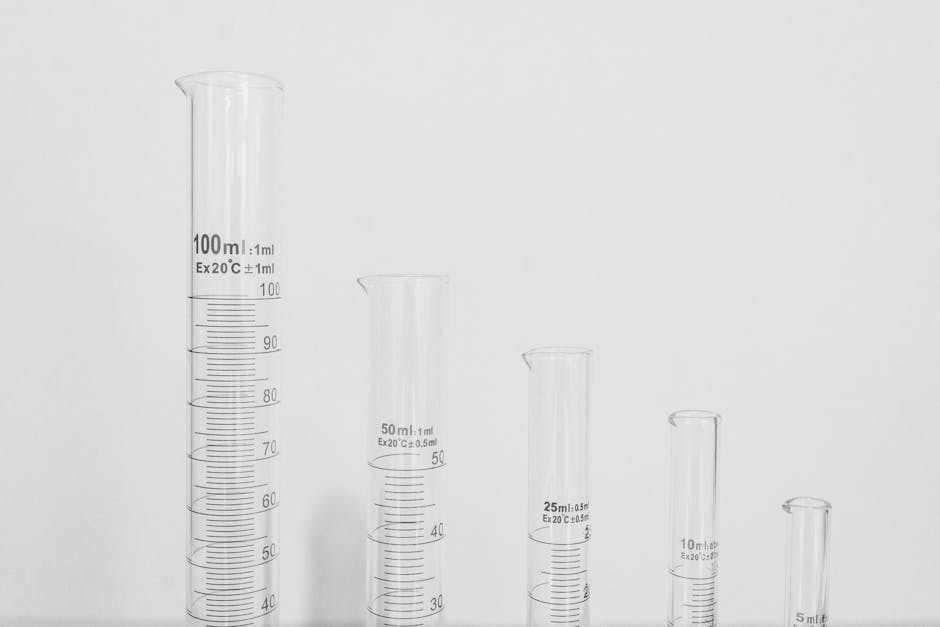When it comes to pharmaceutical manufacturing, one of the key steps in the production process involves the fine grinding and milling of ingredients. The effectiveness of this process significantly depends on the quality and suitability of the grinding beads used. In this blog, we’ll explore eight essential tips to help you select the best grinding beads for your pharmaceutical applications, ensuring efficiency, quality, and cost-effectiveness in your production.

1. Understand the Properties of Materials
Understanding the material properties of the grinding beads is crucial in pharmaceutical manufacturing. Different materials offer varying levels of hardness, density, and abrasion resistance, which can greatly affect the outcome of your milling process. For instance, zirconium oxide beads are well-known for their durability and are particularly suitable for grinding and milling tasks that require a high degree of fineness and smoothness. Ensuring you match the material properties with the requirements of your pharmaceutical application is essential for achieving optimal results.
The impact of grinding bead material properties goes beyond the immediate results of the milling process. It also affects the longevity and efficiency of your grinding equipment. Using beads made from materials that are too abrasive can cause excessive wear and tear, leading to frequent replacements and downtime. Conversely, selecting beads that match your equipment’s specifications can enhance performance and extend its lifespan, making it a critical consideration for cost-effective pharmaceutical production.
2. Consider Bead Size and Uniformity
The size and uniformity of grinding beads play a pivotal role in the efficiency of the milling process. Opting for beads of uniform size ensures consistent particle reduction, which is crucial for the pharmaceutical industry where particle size distribution can directly impact the efficacy and safety of the final product. Small variations in bead size can lead to uneven grinding, affecting end product quality. Therefore, precision in bead selection becomes a cornerstone for maintaining high standards in pharmaceutical production.
3. Choose the Right Bead Material
Picking the right material for your grinding beads is about more than just matching physical and chemical properties with your needs; it’s about understanding how different materials interact with your pharmaceutical compounds. Materials like stainless steel, while durable, may not be suitable for all applications due to potential chemical reactions with certain compounds. Ceramic beads, on the other hand, offer inertness and resistance to corrosion, making them a safer choice for a wider range of pharmaceutical products.
4. Assess Bead Durability and Wear
Durability and wear resistance are key factors to consider when choosing grinding beads for pharmaceutical applications. Beads that wear down quickly not only need to be replaced more often but can also contaminate your product with material debris, compromising its purity. It’s essential to select beads that can withstand the milling process without breaking down, ensuring that your product remains uncontaminated and your operation runs smoothly.
5. Evaluate Chemical Compatibility
The chemical compatibility of grinding beads with the pharmaceutical ingredients is critical. Incompatible materials can lead to chemical reactions that alter the properties of the active pharmaceutical ingredients (APIs), potentially rendering them ineffective or even harmful. Researching and selecting chemically inert materials that do not react with your APIs is a vital step in ensuring the safety and efficacy of your pharmaceutical products.
6. Consider the Specific Needs of Your Application
Each pharmaceutical application has unique requirements that must be addressed when selecting grinding beads. Besides the general considerations of size, material, and chemical compatibility, factors such as the desired surface finish, dispersion ability, and even the mechanical strength of the beads might be crucial for your specific application. Understanding these needs is essential for customizing the bead selection process, ensuring the most effective and efficient grinding operation.
7. Look for High Purity Levels
In the pharmaceutical industry, the purity of grinding beads is non-negotiable. Any impurities can compromise the quality of the final product, affecting its safety and effectiveness. It’s vital to source beads that are certified for high purity levels, free of contaminants that could leach into your product during the grinding process. This consideration is particularly important for applications involving highly sensitive or potent active pharmaceutical ingredients.
8. Think About Cost-Effectiveness
While cost should never compromise quality, especially in pharmaceutical applications, considering cost-effectiveness is practical for any business. Analyzing the cost-benefit ratio of various grinding bead options can help you find a balance between quality and expense. Remember, investing in higher-quality beads can lead to lower overall costs in the long run due to reduced replacement needs and less product contamination. Careful evaluation of your options will ensure that you do not sacrifice quality for cost and maintain the standards essential for pharmaceutical products.